The Account Reconciliation Software Market is currently characterized by a dynamic competitive landscape, driven by the increasing need for financial accuracy and efficiency across various sectors. Key players such as Oracle Corporation (US), SAP SE (DE), and BlackLine, Inc. (US) are at the forefront, each adopting distinct strategies to enhance their market positioning. Oracle Corporation (US) emphasizes innovation through its cloud-based solutions, aiming to streamline reconciliation processes for enterprises. Meanwhile, SAP SE (DE) focuses on regional expansion, particularly in emerging markets, to capture a broader customer base. BlackLine, Inc. (US) is leveraging partnerships with financial institutions to enhance its service offerings, thereby shaping a competitive environment that prioritizes technological advancement and customer-centric solutions.
The market structure appears moderately fragmented, with numerous players vying for market share. Key business tactics include localizing software solutions to meet regional compliance requirements and optimizing supply chains to enhance service delivery. The collective influence of these major players fosters a competitive atmosphere where agility and responsiveness to market demands are paramount.
In August 2025, Oracle Corporation (US) announced the launch of its latest cloud-based reconciliation tool, which integrates advanced AI capabilities to automate data matching processes. This strategic move is likely to enhance operational efficiency for clients, positioning Oracle as a leader in innovation within the market. The introduction of AI-driven features may also set a new standard for reconciliation software, compelling competitors to accelerate their technological advancements.
In September 2025, SAP SE (DE) expanded its partnership with a leading fintech company to enhance its reconciliation software capabilities. This collaboration is expected to provide SAP with access to cutting-edge technologies, thereby improving its product offerings. Such strategic alliances may not only bolster SAP's competitive edge but also reflect a broader trend of collaboration within the industry to drive innovation.
In July 2025, BlackLine, Inc. (US) acquired a smaller tech firm specializing in machine learning algorithms. This acquisition is indicative of BlackLine's commitment to integrating advanced technologies into its reconciliation processes. By enhancing its software with machine learning capabilities, BlackLine aims to provide clients with more accurate and efficient reconciliation solutions, further solidifying its market position.
As of October 2025, the competitive trends within the Account Reconciliation Software Market are increasingly defined by digitalization, sustainability, and the integration of artificial intelligence. Strategic alliances are becoming more prevalent, as companies recognize the value of collaboration in fostering innovation. Looking ahead, it is anticipated that competitive differentiation will evolve, shifting from traditional price-based competition to a focus on technological innovation, reliability in supply chains, and the ability to adapt to changing market demands.


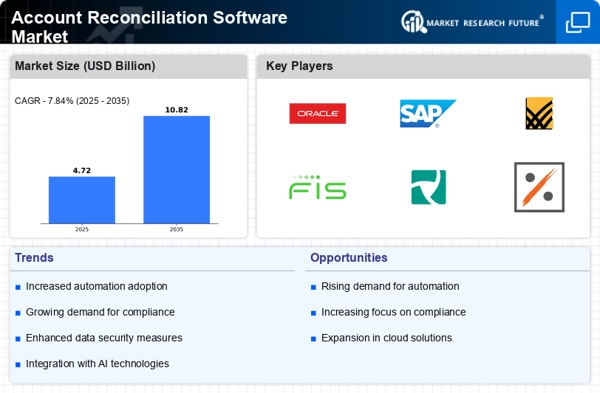
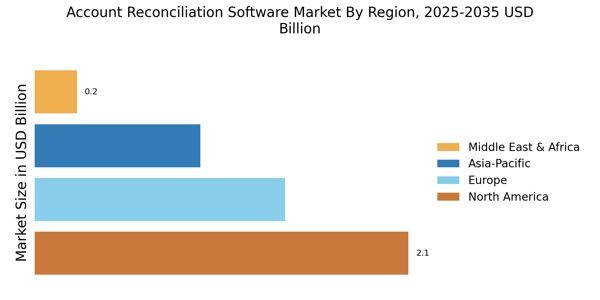
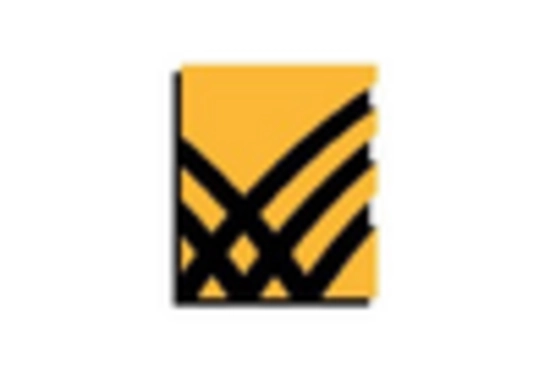
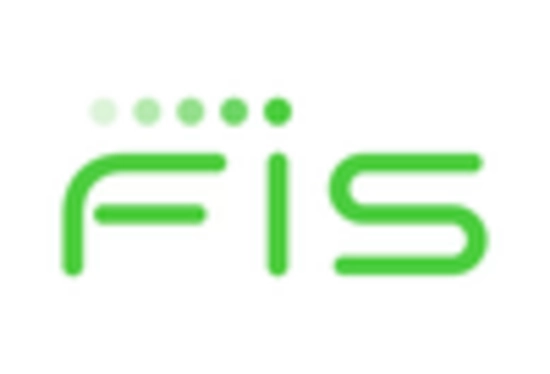
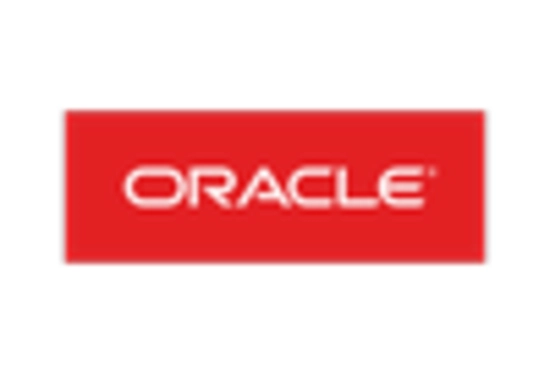
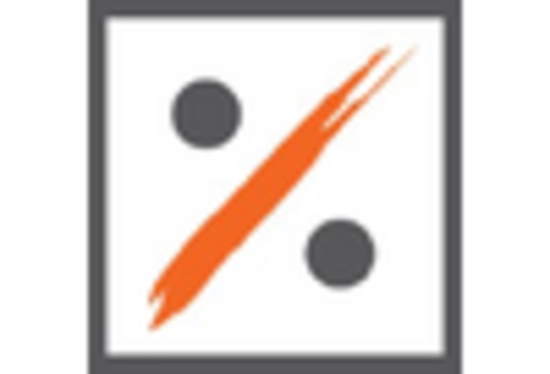










Leave a Comment